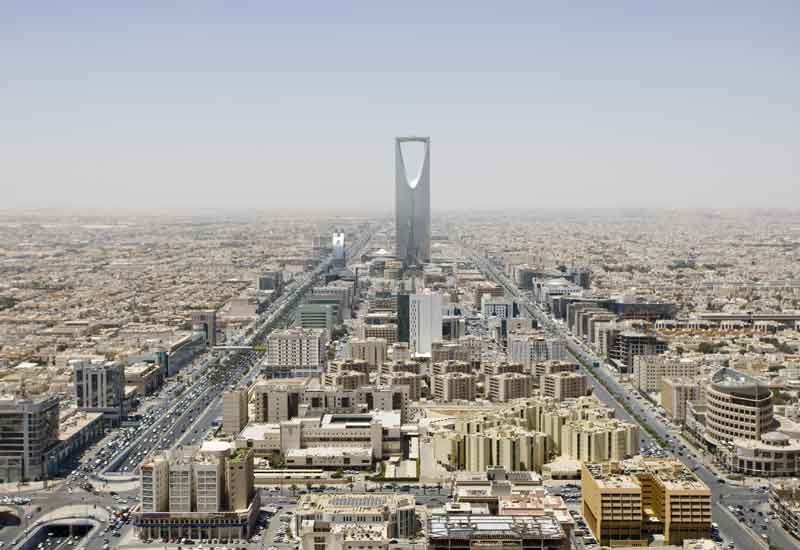Hotels in the Middle East region reported an 8% drop in occupancy rates in September to just below 57%, figures just published by STR Global have revealed.
The region's mixed year-over-year results last month also saw average daily rates (ADR) increase by 1.5% to $140.66 while revenue per available room (revPAR) fell 6.9% to $80.
Dubai posted the largest ADR decrease compared to September 2008, falling 8.3% to $175.62, followed by Abu Dhabi, which witnessed a 6.8% decrease to $200.52, the figures showed.

| Advertisement |
Riyadh in Saudi Arabia experienced the largest occupancy decrease, falling 25.8% to just 34.3%, followed by Muscat in Oman which fell 18% to 37%. Saudi Arabia's tourism industry has been hit badly as the swine flu threat put off many pilgrims who normally visit the kingdom.
Three markets in the Middle East saw revPAR decreases of more than 15% - Riyadh (-21.3 to $77.83), Abu Dhabi (-16.9% to $129.92) and Muscat (-15.3% to $72.83).
“September showed the lowest monthly RevPAR decline (-6.9%) for the region since December 2008," said Elizabeth Randall, managing director of STR Global.
“However, whilst we have seen declines in RevPAR stabilise in recent months, the earlier start of Ramadan in mid-August this year benefited this month’s results as business was stronger than in September 2008. RevPAR benefited from the first increase in average room rate since March 2009," she added in a statement.
“It is good to see more cities reporting monthly RevPAR increases with Amman, Beirut, Cairo, Istanbul and Jeddah all growing on last year." she said. “It will be interesting to see if this positive sentiment continues over the coming months."









 Search our database of more than 2,700 industry companies
Search our database of more than 2,700 industry companies









